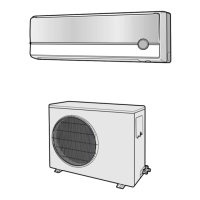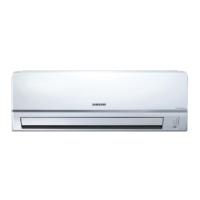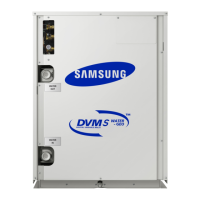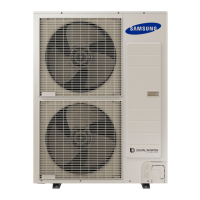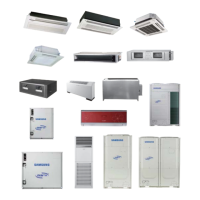Samsung Electronics 327
Piping Diagram
Safety Start
▪ Purpose
- Protect the system and compressors by preventing poor lubrication due to liquid compression or oil foaming.
- Enable high-speed cooling and heating through fast start-up if there is no risk of liquid compression.
▪ Concept
- A start-up pattern is decided taking into account the compressor temperature, indoor and outdoor temperatures,
and operation ratio during start-up.
- Cold Start :
If the compressor temperature is low, a low start-up frequency is used to protect the compressor from liquid compression as
well as poor lubrication due to oil foaming.
- Warm Start :
If the compressor temperature is high, a standard start-up frequency is used as there is no risk of liquid
compression
.
- Quick Start :
If the operation ratio is high, compressors start at the same time to quickly improve the performance.
- Normal Start :
Compressors start one after another to enable safe operation if the operation ratio of indoor units is low and the indoor or
outdoor temperature is high or low.
- Cold Operation :
If DSH is low, the frequency increase speed is decreased to protect the compressors from liquid compression.
- DSH = Compressor discharge temp.
- High pressure saturation temp.
- Definition of compressor discharge temperature from DSH :
Min { Max(Tdis_comp1, Ttop_comp1), Max(Tdis_comp2, Ttop_comp2) }
Starting
Normal Operation
Quick Start Normal Start
Cold Operation
Cold Start
Warm Start?
No
(if the compressor temp is low)
Yes
Yes
Yes
No
(if the indoor unit operation ratio is low, or
the indoor/outdoor temperature is abnormally low or high)
■ Prevention of liquid compression
■ Compressor protective start-up
■ Cold Operation included
■ Stable start-up■ High-speed start-up
Quick Start?
DSH > 10 K
7-3 Functions (cont.)
7-3-2-2 Start-up modes
7-3-2 Control (cont.)
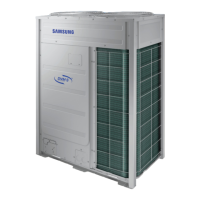
